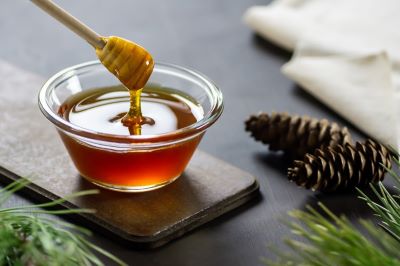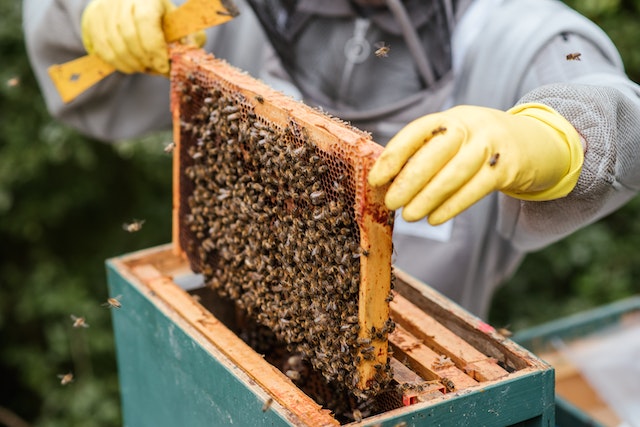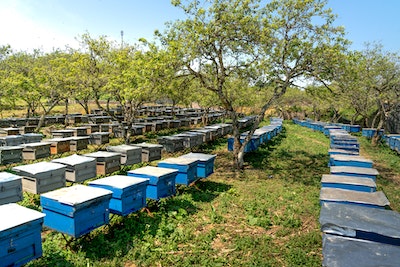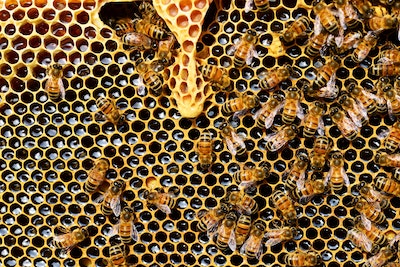
Imported Honey Under Scrutiny: FDA Releases Results of Adulteration Testing
The FDA has recently published the results of its sampling project aimed at detecting economically motivated adulteration (EMA) in imported honey. The term EMA refers to any intentional act of omitting, removing, or replacing a key component of a food product or adding ingredients to make it appear better. This sampling was conducted between 2021 and 2022.
Honey is a sweet, natural substance produced by bees and is widely used as a sweetener and a medicinal ingredient. With the growing demand for honey, the honey market has become increasingly global, with honey being imported worldwide.
However, not all imported honey is pure and unadulterated, and there have been cases of honey being adulterated with other sweeteners, such as high fructose corn syrup and cane sugar. To ensure the safety and purity of imported honey, the U.S. Food and Drug Administration (FDA) tests honey for adulteration.
FDA Releases Data on Adulteration in Imported Honey
The U.S. Food and Drug Administration (FDA) recently released data on the adulteration of imported honey. The FDA conducted a comprehensive testing and analysis process across different countries and regions, revealing alarmingly high impurity levels. The FDA recommends that consumers take special care in selecting imported honey to avoid contaminated products.
Overview of Adulteration in Imported Honey
The FDA tested 144 samples of imported honey from bulk and retail shipments from 32 countries and revealed that 14 samples (10%) were adulterated. The FDA banned the entry of non-compliant shipments into the United States and placed the responsible company and its products on an import warning list.
By definition, honey is considered adulterated when it contains added colorants, sweeteners, or other substances that were not present when extracted from the beehive. Such adulterates are often added by unscrupulous manufacturers looking to increase or alter product attributes. In some cases, the honey may have originated from a dubious source and is not genuinely pure.

The adulteration of honey is a serious issue, as it can lead to health risks for consumers. Adulterated honey may contain contaminants such as heavy metals, antibiotics, and other toxins. Furthermore, adding sweeteners can increase calories and sugar content, which can be detrimental to health. Therefore, ensuring that the honey you purchase is genuine and of high quality is important.
Causes of Adulteration in Imported Honey
Adulteration in imported honey is caused by many factors, including additives and contaminants, mislabelling, and inadequate product testing. Adding sweeteners, syrups, or other substances can be intentional to increase profit margins or accidental due to improper care. Such adulterates in honey can be difficult to detect since they do not chemically alter the composition of the honey.
In addition, the lack of proper labeling and testing of imported honey can lead to adulteration. For example, some honey may be labeled as pure honey, but in reality, it may contain a mixture of honey and other sweeteners. Furthermore, some honey may be labeled as organic, but in reality, it may contain pesticides or other contaminants.
Without proper testing, it is difficult to determine the true composition of imported honey.

Effects of Adulteration on Honey Quality
Adulteration in imported honey can result in a loss of flavor, color, texture, and nutritional value. Afflicted honey can also be subject to microbial growth and reduced shelf life. Furthermore, some additives used for adulteration purposes can have adverse health effects, such as those containing heavy metals or synthetic sweeteners.
The presence of contaminants in imported honey can also lead to a decrease in product quality. As a result, honey's market value can decrease, as can consumer confidence. Adulteration can also lead to a decrease in the honey's ability to act as a natural preservative, which can further reduce its shelf life.
FDA Testing Procedures for Detecting Adulteration in Imported Honey
The FDA utilizes various analytical techniques and methods to detect adulteration in imported honey to ensure its safety and authenticity. Such technological methods include near-infrared spectroscopy (NIR), which allows for identifying various adulterates. The FDA also uses statistical sampling and trend analysis to track patterns in manufactured products.

In addition, the FDA has developed a comprehensive set of guidelines for testing honey for adulteration. These guidelines include using various analytical techniques, such as Chromatography, Nuclear Magnetic Resonance Spectroscopy (NMR), and Fluorescence Spectroscopy.
The FDA also requires that all imported honey be tested for artificial sweeteners, heavy metals, and other contaminants. By following these guidelines, the FDA ensures that imported honey is safe and authentic.
How is the FDA Responding to Adulterated Imported Honey?
The FDA is taking extensive measures to prevent unsafe or unauthorized products from entering the country, including regularly testing imported honey for contaminants and other impurities. Additionally, the agency provides resources to address potential incidents and guidance on best practices for maintaining food safety.
The FDA is also working with foreign governments to ensure that imported honey meets the same safety standards as domestically produced honey. The FDA is also working with industry stakeholders to ensure that imported honey is properly labeled and that consumers know the potential risks associated with adulterated honey.

Recommendations for Consumers Purchasing Imported Honey
Consumers should take care when purchasing imported honey. Some steps that can be taken include:
- buying from reputable suppliers.
- checking product labels for country of origin and getting traceability information.
- avoiding honey that looks unusually dark or contains bits of sugar or crystals.
- buying genuine organic honey whenever possible.
- looking for certifications from third-party organizations that verify the honey is pure and unadulterated.
Best Practices for importers and distributors for Avoiding Adulterated Honey
Honey importers and distributors should take stringent measures to ensure product purity. Strict quality assurance programs should be set up to vet suppliers and verify the authenticity of their products. Such programs should also include regular testing of imported honey and reviewing any data obtained from health authorities.

Final Say
In conclusion, the FDA has discovered an alarming amount of adulteration in imported honey, prompting a series of measures to ensure the safety of these products. Consumers should take special precautions when buying imported honey, while importers should develop robust quality assurance programs to prevent contaminated products from being distributed.
Islamic Services of America: A Leading Halal Certification and Auditing Organization
Islamic Services of America (ISA) plays a significant role as an educator and certifier in the Halal industry. ISA collaborates with companies specializing in producing consumable and non-consumable products, certifying those that meet the standards of Halal compliance.
With nearly 50 years of experience in the Halal industry, Islamic Services of America has established itself as a trusted and reliable source for Halal certification and auditing services. The organization is dedicated to serving companies, the community, and the Halal industry with its expertise and commitment to quality.
For more information, you can email ISA at isa@isahalal.com or visit our website at www.isahalal.com.

picture credit: canva.com